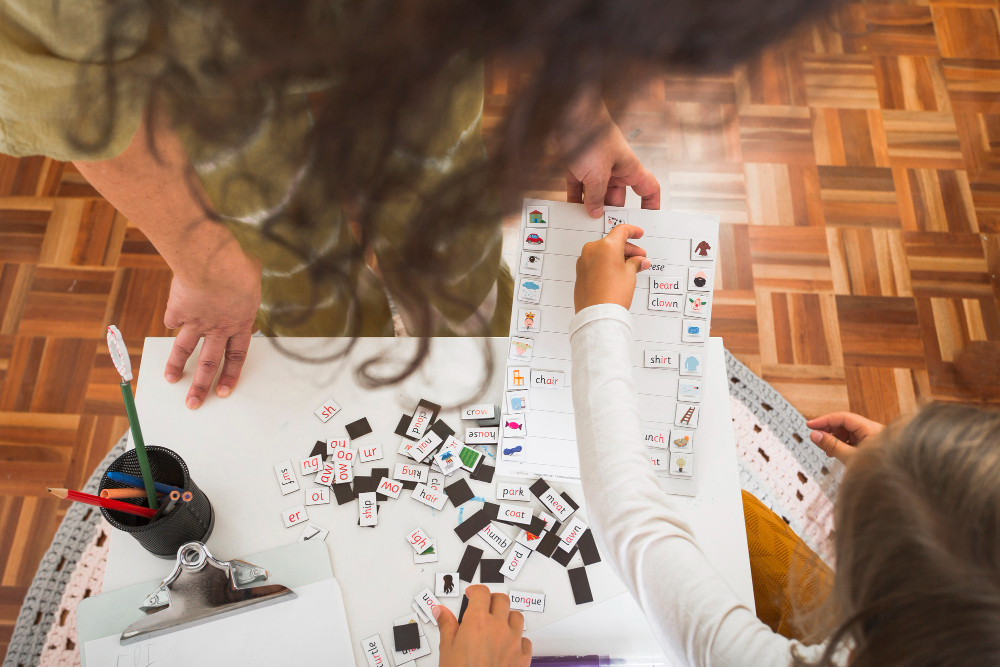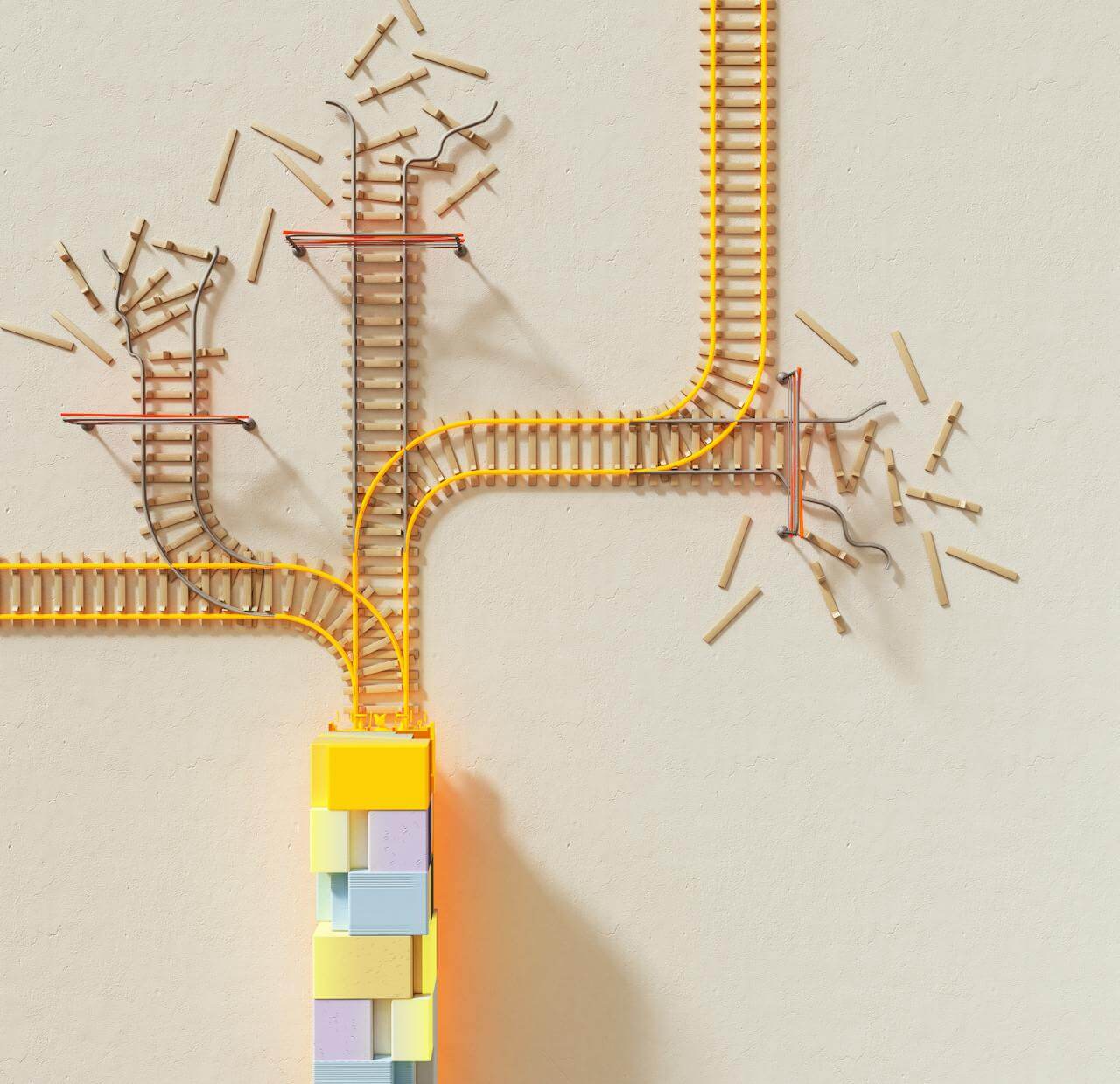While PDA shares some visible features with anxiety disorders—racing thoughts, physical symptoms, catastrophic speech—it arises from an entirely different neurobiological orientation, one in which perceived coercion, social threat, or non-consensual expectations trigger a protective response from the nervous system, without the luxury of intellectual permission or planned avoidance.
For children with a PDA profile, the world itself becomes unsafe not because of abstract worry, but because of concrete violations of agency, control, or predictability. These children do not wake up worrying about fire drills or math tests because they catastrophise; they wake up in a body that recoils from the implied ownership of another’s agenda, a body that remembers what it means to be handled, corrected, and overwritten. What looks like an anxiety attack is often the natural consequence of entering a space where one’s will, one’s rhythm, and one’s autonomy are subject to subtle and continuous infringement.
For these children, suggestions carry the weight of expectation, kind language can mask coercion, and interventions meant to “calm” or “regulate” can feel like entrapment. They may scream, bolt, beg, lash out, or crumple not because they fear the future, but because they feel overtaken in the present. And when adults offer tidy reassurance—“You’re just anxious,” “It’s safe here,” “Nothing bad is happening”—they unwittingly deepen the child’s sense of abandonment, because they have denied their truth.
A PDA child’s distress does not exist to teach adults a lesson in grace, forgiveness, or humility. It does not exist to make us feel better when we repair well or worse when we stumble. Their dysregulation is not about our goodness; it is about their safety. And yet, in so many moments of conflict, grownups lose their footing because the adult cannot bear to witness pain they may have caused, especially when it does not end quickly. Attempts to reconnect become hurried, anxious, overwhelming; they take the form of reassurance the child never asked for, apologies laced with need, or worst of all, invitations to speak before the child feels ready. “I just want to fix it.” “I hate seeing you upset.” “You know I love you, right?” These may sound kind, but to a child whose system is still on fire, they register as intrusion. The child has been rendered voiceless by overwhelm—and now must carry the burden of restoring the adult’s equilibrium too.
The practice: soothe the system, not the story
When a child becomes dysregulated, pause before naming it anxiety. Instead, ask: what demand might have landed too hard? What invisible pressure just tipped the balance? What part of their autonomy was challenged—even if unintentionally?
Your role is not to convince them of safety, but to restore conditions where safety can emerge.
Just a Parent
That means backing off, softening the space, making choices optional, and focusing less on reassurance and more on agency. Say, “You don’t have to do anything right now.” Say, “I’ll wait with you.” Say, “I see that was too much. Let’s chill for now.” Avoid explanations, avoid pep talks, avoid strategies that rely on reasoned dialogue in moments when the body has already taken over. Many of the adult efforts to restore connection genuinely are vested more in their own need for security and absolution than reflecting on what would genuinely soothe the child.
If your instinct is to teach coping skills, remember that for PDA children, the most effective skill is often the ability to refuse—because it protects their nervous system from collapse. Honour that refusal not as defiance, but as a sign of trust, a message that they believe you might be able to hear what their body already knows.
Why it works
PDA is not a fear of the improbable.
Just a Parent
It is a response to the unbearable.
And what becomes unbearable is loss of autonomy. When adults interpret PDA through the lens of anxiety alone, they reach for tools that inadvertently heighten pressure, tools that require cognitive reframing or compliance before the child feels safe. But when we understand that PDA lives in the body, we stop asking the child to explain themselves and start asking how we can restore their sense of choice. That shift changes everything. It moves us from “how do I calm this child?” to “how do I honour this child’s right to exist in their own timing, on their own terms?”
-
Debility versus disability: what the system cannot acknowledge
My son Robin took to bed two weeks before March break. He had been…
If you’re the parent
Many adult expectations—like asking a PDA child to start doing chores, participate “age-appropriately,” or demonstrate more maturity—arise less from the child’s readiness and more from the parent’s own nervous system collapse, internalised timelines, and quiet, shapeshifting fear of failure. These pressures do not arrive out of nowhere; they are the inevitable inheritance of living inside capitalist, ableist, survivalist systems that punish interdependence, pathologise difference, and treat slowness as a moral flaw. When a parent suddenly insists that development resume “on schedule,” it rarely reflects what the child actually needs—it reflects the parent’s longing for a sense of normalcy, a break from fear, or even just a few minutes of ease.
That doesn’t make the impulse wrong. It makes it a mirror of generational harm. And one of the most sacred acts of parenting—especially in families raising PDA children—is to learn to notice when our requests are shaped more by systems we never chose than by the truth of the child in front of us. Because sometimes what looks like defiance is a child refusing to carry the weight of what crushed us.
I remember when I used to get upset—really upset—and my mother would say, “There’s just so much stress,” and I would agree, helplessly, unsure what I was meant to do with that truth other than imagine the alternative: a cabin in the woods, a life uncoiled from pressure. I often muttered something like, “I’m just trying to survive,” sometimes adding, “We’re a family unit and the stress has to get spread around,” as though emotional redistribution could replace repair, as though sharing the burden was the same as lightening it. But I underestimated—deeply, ruinously—what it would do to me to watch my child be harmed, to realise that no amount of fairness or resilience or adult justification could protect a child’s nervous system from collapse under the weight of institutional neglect. That is a whole other layer of torture, and I wish I had chosen differently.
You have likely tried every tool the parenting books offered—visual schedules, deep breathing, social stories, Zones of Regulation, timed transitions—and watched your child spiral further. You may have blamed yourself, or them, or both. You may have felt abandoned by the very experts who told you this would work. You may now feel frightened by the force of your child’s reactions, by how quickly they escalate or shut down, by the unpredictability of what will set them off. But it is not a failure of your parenting. It is a mismatch between the strategies available and the reality your child inhabits.
Build your own internal map of their cues. Speak less. Soften more. Stay near. Stay kind. And when they reject your help, offer it again later. Treat the body before the mind. Trust that their behaviour is communication, not pathology. Your child is not resisting you. They are resisting being shaped by a world that forgot how to listen.
-
Why sticker charts fail
Sticker charts and other incentive-based systems promise to motivate children…
If you’re the teacher
Avoid the urge to “talk them down.” Skip the toolbox of tricks that rely on verbal processing, social deference, or tidy reflection. Your job is not to redirect—it is to witness, and to wait. Let the child see that you are not afraid of their dysregulation. Let them feel that you care more about their internal safety than your lesson plan. Let your presence communicate what no worksheet or debrief ever could: you are safe here, exactly as you are, for as long as it takes.
Kelly Oliver calls this ethical witnessing—the act of being with another’s suffering without collapsing it into your own, without rushing to fix, translate, or extract meaning. Ethical witnessing means seeing the child as a subject in their own right—not a mirror, not a disruption, not a test of your composure. It means recognising their pain without framing it as a problem to be solved. It means staying steady without staking your worth on their ability to recover quickly or thank you for staying.
And most of all, it means offering them time—not just minutes or accommodations, but the deep time of nervous system development, of trust rebuilding, of identity formation that unfolds beyond rubrics and bell schedules.
I remember that for most of my own childhood, it was urgency—being rushed, prodded, told to keep up—that cracked me open. It was the forced pace that broke me, far more than any challenge itself. My PDA child lives with that same truth in a louder, more externalised register. It took him two years longer than his sibling to learn to ride a bike—but when he did, he soared. These children do not need pushing. They need patience so deep it feels like faith.
When they return from the edge—if they do—they will remember that you held the line without holding them in place. And that, more than any breathing exercise or behaviour chart, will become the foundation of trust. Because what you offered was not control. It was dignity.
Conclusion
This is what it means to say it’s not just anxiety.
It is a crisis of autonomy. It is not a fear of imagined harm—it is the body’s real-time refusal of intolerable conditions. And until we stop framing these children as fragile or irrational, and begin to understand them as exquisitely attuned to the power dynamics and sensory demands that others have learned to ignore, we will keep missing the point. These children do not need to be convinced of safety—they need to feel safe. And that begins not with strategies, but with respect.
-
Why sticker charts fail
Sticker charts and other incentive-based systems promise to motivate children through tangible rewards, yet they too often undermine genuine engagement by teaching students to focus on external validation rather than on the inherent value of learning or participation. When a child’s behaviour is…













